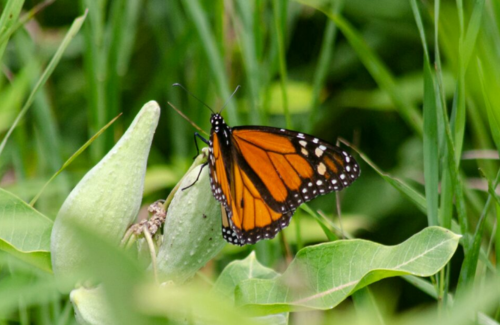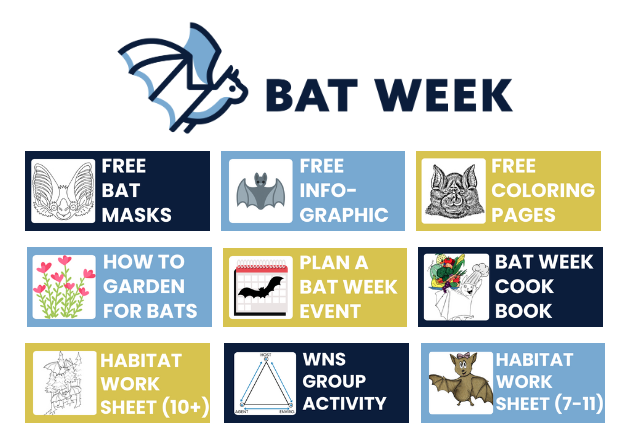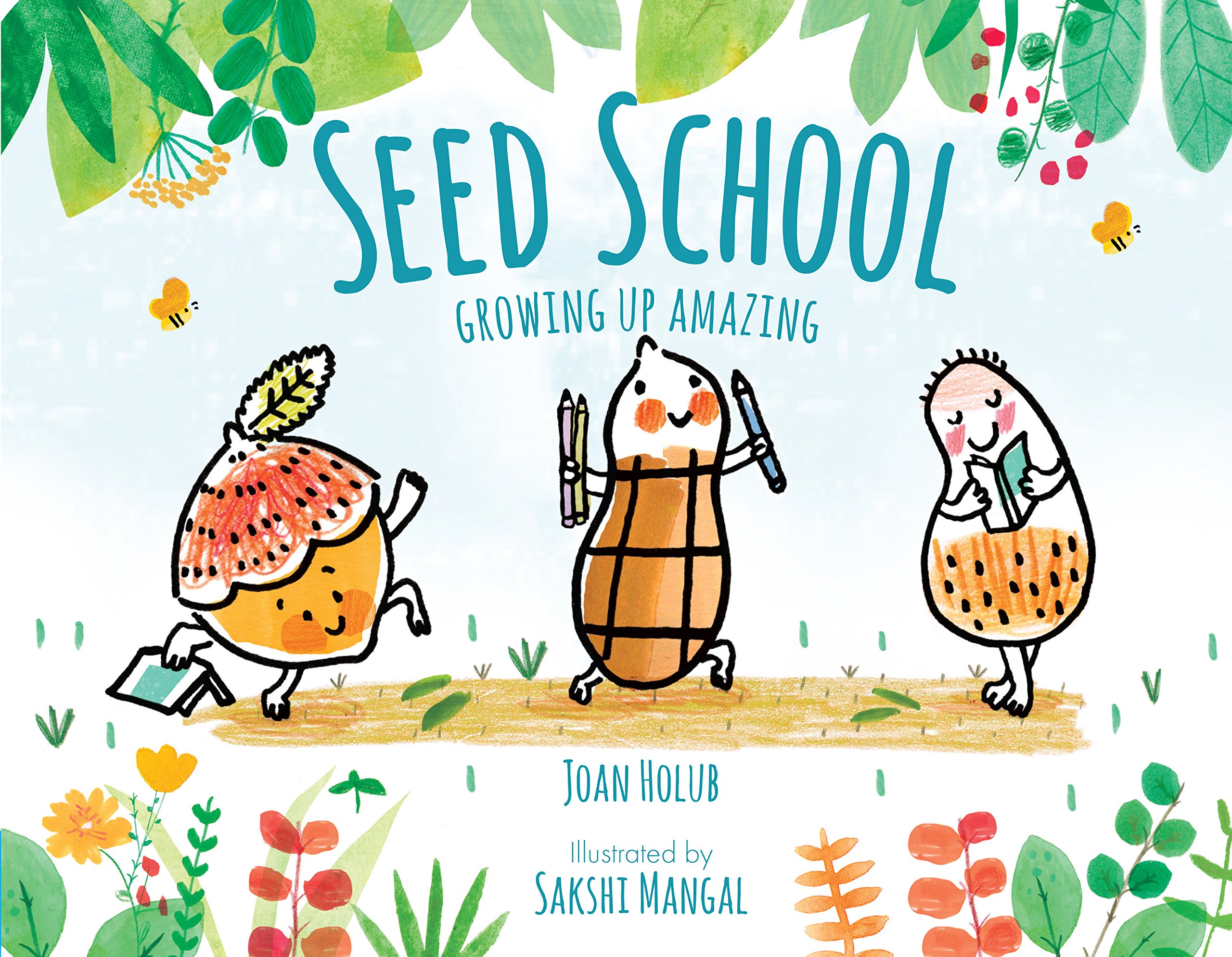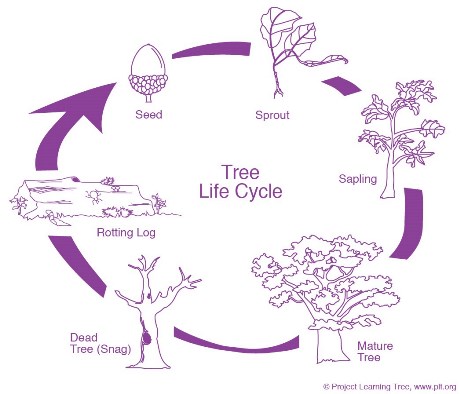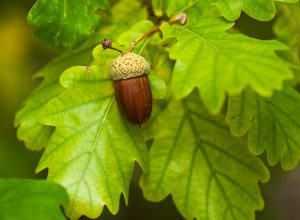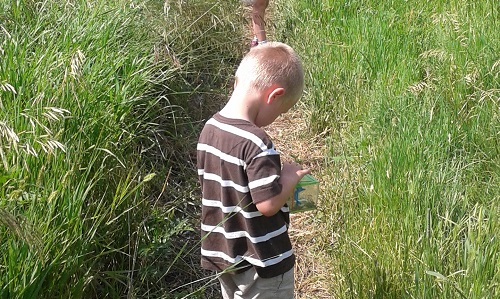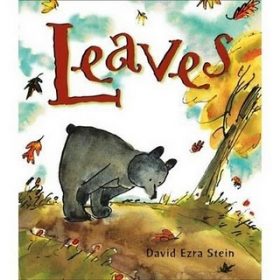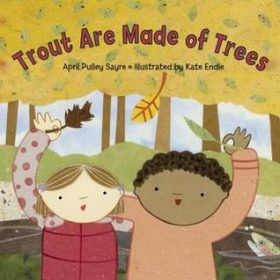Max is a young boy who strikes an unlikely friendship with a monarch butterfly named Lilly, who asks him to plant milkweed so she can lay her eggs on it the following spring. In a world filled with instant gratification, this book highlights how change happens over time and that we sometimes must wait patiently for those changes to occur.
In dying, a tree plays an essential role in sustaining life around it. Here are some classroom activities to explore decomposition and how a fallen tree provides for other life in the forest.
By Jennifer Byerly
Bat Week is Oct. 24-Oct. 31! Use this national event (timed with Halloween) to teach kids about the important role bats play as insect eaters, pollinators, and seed spreaders. To celebrate, we’ve gathered some free downloadable activities, arts and crafts, writing prompts, and other projects for all ages to learn about bat conservation.
A lost seed with a funny looking hat helps young children learn not only about seed science but also important lessons about diversity and difference.
These stories will not only help students learn about trees, but more importantly, appreciate their significance and value. These books can help start a conversation about our relationship with nature, conservation, and life cycles.
Engage students in STEM (science, technology, engineering, and math) as they learn about a tree’s lifecycle.
Examine a tree’s lifecycle and find similarities to lifecycles of other living things.
A parent finds a way to introduce environmental education and PLT into busy teachers’ schedules at her own children’s school.
Use this book to explore the falling leaves of autumn with young readers and a first-year bear cub.
In this book for grades K-2, join three young children and their Dad as they observe life in and around a stream.
